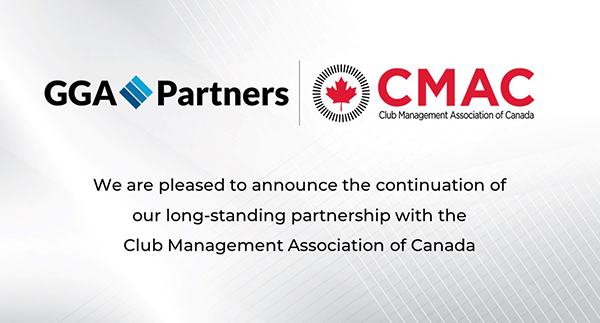ADDRESSING TRANSPARENCY
THREE FACTORS CRITICAL TO HIGHLY EFFECTIVE PRIVATE CLUB BOARDS
As society becomes more open and increasingly skeptical, club members demand greater transparency from their boards. Whether in member focus groups, general meetings of members or the club dining room, members seek greater transparency.
Three factors are proving critical to highly effective private club boards: (a) communication methods, (b) communication cadence, and (c) nondisclosure rules.
Boards are encouraged to heed three primary factors:
Establish and normalize the board’s communication methods. Develop a comprehensive communication plan for the club and make board communications an important and consistent part of the club’s communications. In so doing consider:
1. Topics of interest – Most club members seek a sense of “belonging.” See that they are invited to suggest topics of interest to them. In most clubs, that roster of needs includes activities and events, human interest stories about fellow members and staff, and the latest programs for each member segment. To ensure a sense of inclusion, see that members are aware of important activities well in advance of the sign-up or registration periods.
2. Multiple media options – Rely upon a wide array of media tools ranging from social media, email, postcards, and posters within club buildings. Most clubs serve multiple generations with preferred and most commonly used media options. Recognize that different subsets of the club’s members – separated by gender interests and generational media usage – require recognition and programming.
Maintain a reliable cadence of communications. Establish, announce and honor a realistic cadence of communications by topic and by membership category to help your members know what to expect and when. There are several keys to an effective communications cadence:
1. Communications profile – Develop an understanding of communications preferences for each member. Understand when – by day of the week and time of day – each member wants communications from the club. Understand what media options each member prefers. Use it.
2. Communications calendar – Publish the communications calendar to enable all members to watch for the topics of greatest interest to them. Keep it. Ensure that members and staff are well aware of the schedule and have ready access to each communication.
3. “Big events” communications – For the most popular club-wide events, such as the member-guest, holidays with Santa, parent-child dance, interrupt the normal cadence to draw attention to these special occasions.
Be transparent about the topics which will not be disclosed. Some topics – such as matters of club member discipline, employee compensation and benefits, and contract negotiations while in process – are confidential and should not be disclosed. Make it clear to members that topics require confidentiality of board members … and honor that confidentiality requirement. Be understanding and consistent to demonstrate that the board seeks the openness many members desire except on these important points.
Be transparent about what topics the board will not divulge for reasons of confidentiality and employee/member privacy. Some members want to see board meeting minutes and the club’s financial information, such as the balance sheet and income statement. The board should develop and broadly communicate what information it will share with members and in what format. The board is well advised to remember that these reports should be considered confidential and, therefore, not readily distributed outside of the club membership.
Beyond members’ demands for greater transparency, effective boards want club members to be well-informed and engaged with their clubs. Private club boards must maintain highly effective, truthful and consistent communications with club members. The rewards are greater member satisfaction, member engagement and a restful night’s sleep for board members.
This article was written by GGA’s Henry DeLozier for The Boardroom Magazine. It appeared in the March/April 2024 issue.



